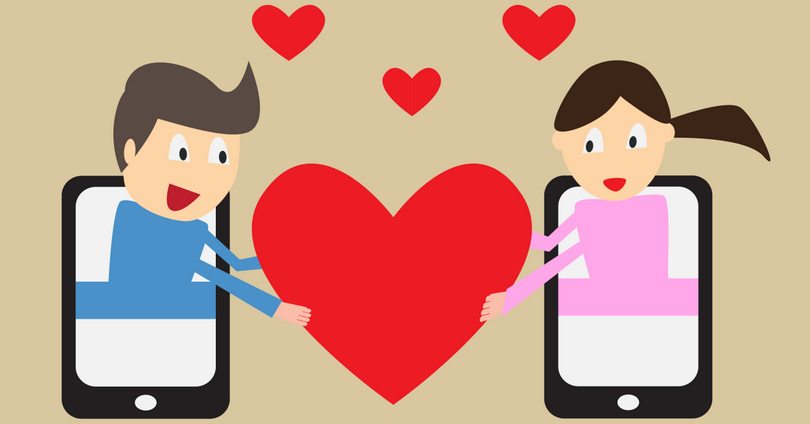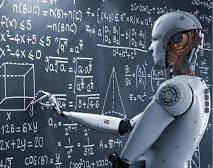How do software solutions enhance the dating and matching industry?
The adoption of technology has irreversibly changed the way we connect with others, and dating is no exception. Thanks to social media we can get to know each other before we even have met in person, our smart phones allow us to be constantly reachable, and dating apps give us plenty of choice in finding a suitable partner.
The intersection of dating and technology is no new development, whereas the technological innovations behind modern dating apps are (Bansal, 2020). How will these dating apps grow in the future and how do these apps provide a personalized experience?
We all know that dating apps use a matchmaking algorithm. AI allows these apps to use predictive analytics to rank the users that each person sees. Hereby the ultimate goal is to get the users attracted to the people they get to see which will lead them to keep using it (Hughes, 2021). The question is whether these algorithms also work when it comes to dating. Is it really possible to build a dating app with algorithms and a recommendation system that unfailingly gives people butterflies?
The answer seems to be no, for a couple of reasons. First, because these algorithms only work with the information that the user gives them, and not everyone is that honest when it comes to preferences and what they are drawn to. Secondly, when someone joins a dating app, they might list several qualities as non-negotiables, whereas in real life these would not be the qualities and criteria they use to determine whether they like someone (Hughes, 2021).
Even though dating apps might not be the best way to find love, it has helped people meet lots of others, expand the reach of people’s social networks and facilitates the interactions between people who might have never met otherwise (Fetters, 2020).
References
Bansal, A. (2020, April 8). When Love Met Technology: How Software Solutions Have Enhanced The Matching And Dating Industry. Forbes. https://www.forbes.com/sites/forbestechcouncil/2020/04/08/when-love-met-technology-how-software-solutions-have-enhanced-the-matching-and-dating-industry/?sh=412a806147f6
Fetters, A. (2020, March 3). How Tinder Changed Dating for a Generation. The Atlantic. https://www.theatlantic.com/family/archive/2018/12/tinder-changed-dating/578698/
Hughes, E. (2021, June 27). It’s 2021, why are dating app algorithms still so bad? WIRED UK. https://www.wired.co.uk/article/dating-app-algorithms


